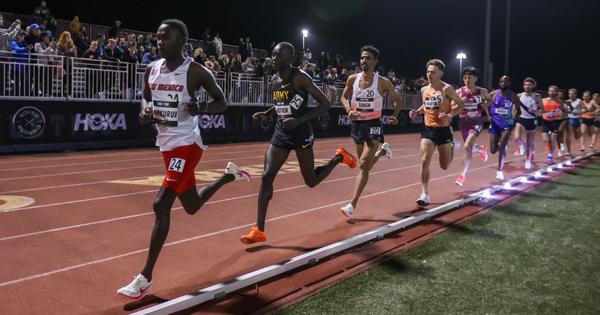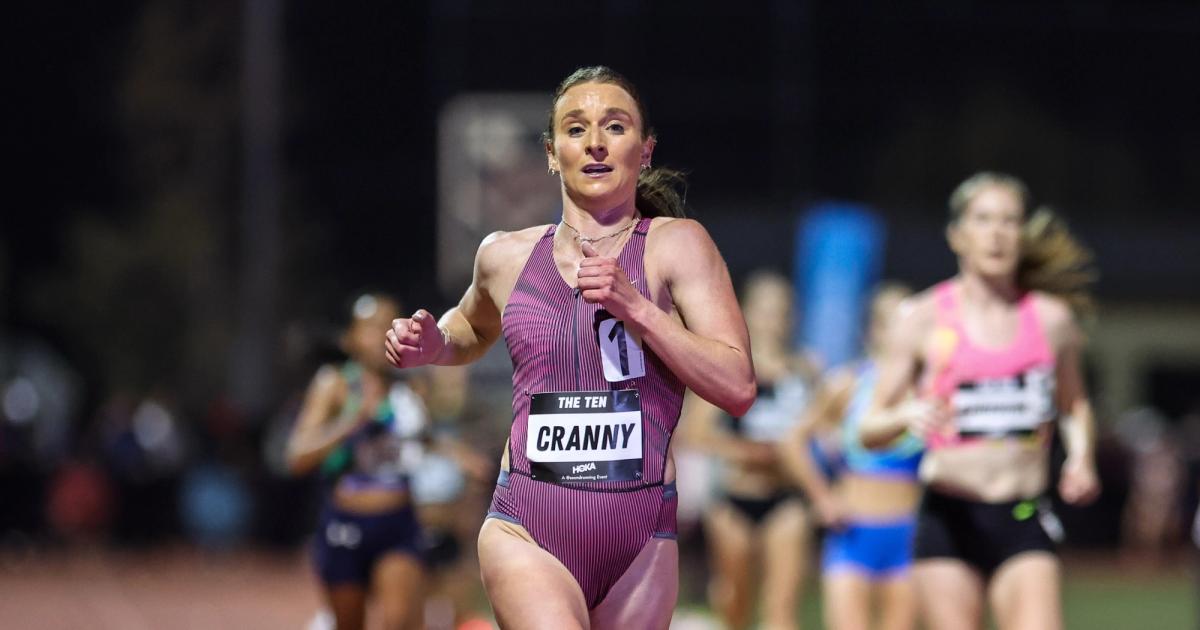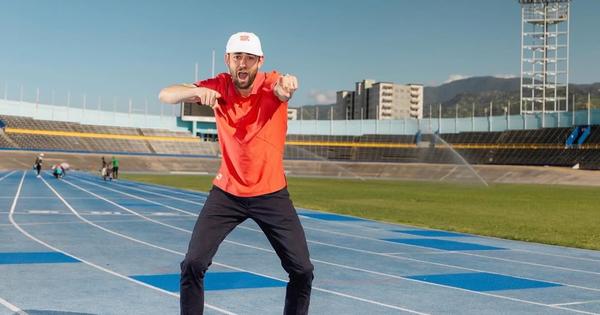By David Melly
April 2, 2025
New year, same sport. Or is it?
Slowly but surely, track and field is changing. Some changes are seismic shifts, like the introduction of a new global championship or a lucrative pro circuit. Others are driven by technology and proven by results, like super shoes or, more recently, the growing popularity of sodium bicarbonate. Others still are less dramatic, but impactful nevertheless, bending the curve of the sport’s norms, standards, and culture in a new direction, almost imperceptibly, and hopefully for the better.
A lot of these smaller, subtler changes can slip by unnoticed and start to feel normal. But in many ways, the sport looks very different now than it did two, or five, or certainly ten years ago. And with the first “real” weekend of outdoor season in the books, it’s worth taking a moment to catalog and reflect on some of the ways track and field is evolving before our very eyes.
The Ten is here to stay. Not too long ago, the preferred road to 10,000m qualification ran through Palo Alto, either at the Stanford Invitational or at Payton Jordan. And while that late-night, low-humidity locale delivered some thrilling pro races of yore, the poor little 25-lapper still got relegated to last billing in a large, multi-day college meet. So it’s been nice to see top pros (and yes, a few enterprising college and high school athletes as well) turn up a few hours south to give the event its own stage, solidifying the Sound Running-run event as a relatively stable stop on the ever-changing professional circuit.
This year’s edition saw two new members of the U.S. top-ten list, in Graham Blanks (26:57.30, #4 all-time U.S.) and Ahmed Muhumed (27:03.19, U.S. #7 all-time), plus a great battle between the 2023 and 2024 national champs in the event, with Elise Cranny (30:36.56) besting Weini Kelati (30:38.60) by a few strides. New Mexico collegians Ishmael Kipkirui (26:50.21) and Habtom Samuel (26:51.06) represented the NCAA ranks ably with a 1-2 finish, both dipping under Nico Young’s collegiate record set at this race last year. But the most memorable performance had to be Telahun Bekele, who was still doing strides at the other end of the straightaway when the gun sounded. As a result, Bekele covered roughly 10,100 meters in 26:52.79, making his 73-second first “400” split one of the most impressive feats of the night.
Collegians run really fast right out the gate. Whatever happened to working hard early in the season, then peaking for championships? Either this generation of college kids have completely changed the order of the conventional training cycle, or they’re simply faster than ever before. (It’s probably the latter.) From a spectator’s perspective, it feels like we walked out of the Virginia Beach Sports Complex after indoor NCAAs wrapped up, checked our phones, and notifications started flooding in from Raleigh, NC.
Clearly, Liam Murphy didn’t go too crazy on spring break, because he and Villanova teammate Marco Langon beat 3:48 miler Gary Martin and took down Eliud Kipsang’s 3:33.74 NCAA record* from 2022 at Raleigh Relays. (There’s a spirited annual debate over whether collegiate records should account for all spring/summer marks or be limited to in-season performances—we’ll perhaps weigh in during a quieter week over the summer.) Martin’s UVA teammate Margot Appleton landed at NCAA #3 all-time outdoors with her winning 1500m mark of 4:05.68, and Providence’s Kimberley May slotted in at #8 with a 4:06.58.
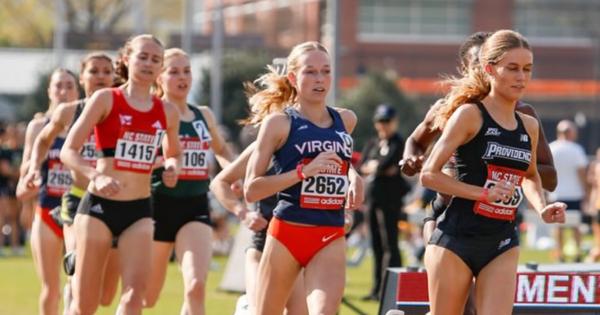
Margot Appleton | Courtesy UVA Athletics
In the sprints, NCAA 200m champ Indiya Mayberry kept her strong freshman season going with a statement 10.91 100m win at Texas Relays (albeit with the help of a 3.9 m/s tailwind), but the most eye-popping performance was USC’s Garrett Kaalund at the LSU Battle on the Bayou. After “only” finishing fourth at NCAA indoors in the 200m, Kaalund opened up his outdoor season with a wind-legal 20.05 200m victory, clocking a 0.20-second lifetime best, in March, that ties him with Australian Gout Gout for the (early) world lead.
Short sprinters take up the 400m. The one-lapper isn’t a totally new event for Olympic 200m champ Letsile Tebogo, but after his 43.0 relay split from Paris left fans wanting more last summer, expectations were sky-high for the Motswana sprint sensation. And it seems like Tebogo didn’t want to leave them hanging for long as he’s opened up his season with four straight 400m races, most recently a 45.26 run in Melbourne at the Maurie Plant Meet. Somewhat surprisingly (depending on your definition of upset), his countryman Bayapo Ndori beat him to the line in 45.16, but it’s clear Tebogo’s potential in the longer event remains sky-high.
And speaking of potential—Tebogo may not be the only short sprinter to move up in distance, as Noah Lyles took to Twitter to tease a 400m pivot of his own, perhaps in response to being called-out in the Lap Count last week. He even got an encouraging response from his rival that suggests that we aren’t the only ones hoping for more Lyles experimentation with the longer sprint events.
U.S. men could contend in the javelin. You’d have to go all the way back to 2007 to find an American man on the javelin podium at a World Championships, but that could change soon. Four-time U.S. champ Curtis Thompson (who was starting fifth grade when Breaux Greer picked up the last medal for Team USA) opened up his season in a huge way at Texas Relays, throwing down a 87.76m mark to improve his personal best from 2022 by six centimeters. Javelin results are famously variable by stadium location, but it’s worth noting that Thompson’s mark would’ve landed him seventh in the world last year and fourth in the final in Paris.
Thompson, the 2023 Pan American Games champion, has represented Team USA at the World/Olympic championship every year since 2021 and only once made the final, but his strong start in Austin could be a sign of a breakout season in the making.
Early-season race schedule announcements have become more common. It’s a depressingly low bar to clear, but it’s nevertheless still a pleasant positive trend that more and more of the sport’s top stars announce their racing plans more than 48 hours in advance. It’s an easy ask for those who know that they’re already locked in for four weekends of Grand Slam Track racing, like Gabby Thomas, but it’s nice to see the Diamond League rolling out announcements well in advance as well, touting Grant Holloway’s participation in (at least) three meets in April, May, and August.
Knowing who is racing when and where is one of the big barriers toward stabilizing and publicizing regular-season track meets, but there’s been improvements from both athletes and meet organizers in getting more information out early. On the other end of the spectrum, however… we have the mysterious Miramar Invitational. The event, which is only three days away, lists Julien Alfred and Shericka Jackson as attending on their website, with Olympics.com reporting Sha’Carri Richardson’s alleged participation over her protestations, but it’s unclear whether any or all of the sprint stars are racing head-to-head and no entries are available. Sigh…
Rockland State Park is the new Valencia. Where does an enterprising road warrior go in search of fast times? Before you book your ticket(s) to Spain, consider looking up the permit schedule for Rockland State Park in Valley Cottage, New York. The unassuming lake and its 4.7-kilometer loop has become a favorite event site for folks like Trials of Miles and James McKirdy to host small, high-quality half and full marathon races, and last weekend’s Road To Tokyo event served as another proof of concept. The top three finishers on the men’s side all broke 2:10, led by Canadian Justin Kent in 2:09:28, and Julia Paternain won the women’s race in 2:27:08. As an added bonus, Brit Eilish McColgan clocked a 31:03 road 10km at the same race to bolster her world ranking.
Kent’s time was a nearly three-minute personal best, and Paternain’s was a strong debut and national record for the Flagstaff-based Arkansas grad who represents Uruguay internationally. Behind Kent, recent Texas grad Haftu Knight improved his PB (from his debut last fall at Indy Monumental) from 2:17:22 to 2:09:38 and former Brown University club runner Aaron Gruen (who has the incredible Instagram handle @maaronthoner) set an Austrian record of 2:09:53, also a 4+ minute improvement. Safe to say there’s nothing “micro” about the improvements in the McKirdy Micro race series.
It’s good news for American distance runners that there are more options for record-eligible, fast marathon racing on this side of the Atlantic outside of the city of Chicago. And these results, combined with Matt Richtman’s brain-breaking performance in Los Angeles, suggest that we may be on the precipice of another sea change in terms of what we consider “fast.” Either way, it wouldn’t be a surprise to see more prominent American distance runners heading to Rockland in search of a new PB.
And yet, the more some things change, the more some stay the same. If there’s one thing we want, it’s the biggest names to race early and often. So when Julien Alfred, Gabby Thomas, Dina Asher-Smith, and Rhasidat Adeleke are all entered in the same race, our first instinct is to cheer. Big names, all opening up their seasons in March head-to-head? Awesome!
The only problem, of course, is that they weren’t entered in open events at a high-profile pro meet; they were busting the rust on a series of low-key 4x400ms at Texas Relays. Sure, they got a race effort under their belts in front of a crowd (and maybe even one or two viewers that could figure out how to stream the meet on the SEC Network+), but there’s a certain letdown to two Olympic champions kicking off their seasons on a zero-stakes relay instead of entering an open race. It makes sense from the athletes’ perspective as a low-pressure way to get the racing legs back without attaching an individual result to your name, but it’s underwhelming for the fans hoping to see the season kick off with a bang.
Change doesn’t happen overnight in any institution, and certainly not one as historic and tradition-bound as track and field. But it’s comforting to know that cultural inertia is not impossible to overcome, and that when new ideas and initiatives are set into motion, the result is some real significant progress.
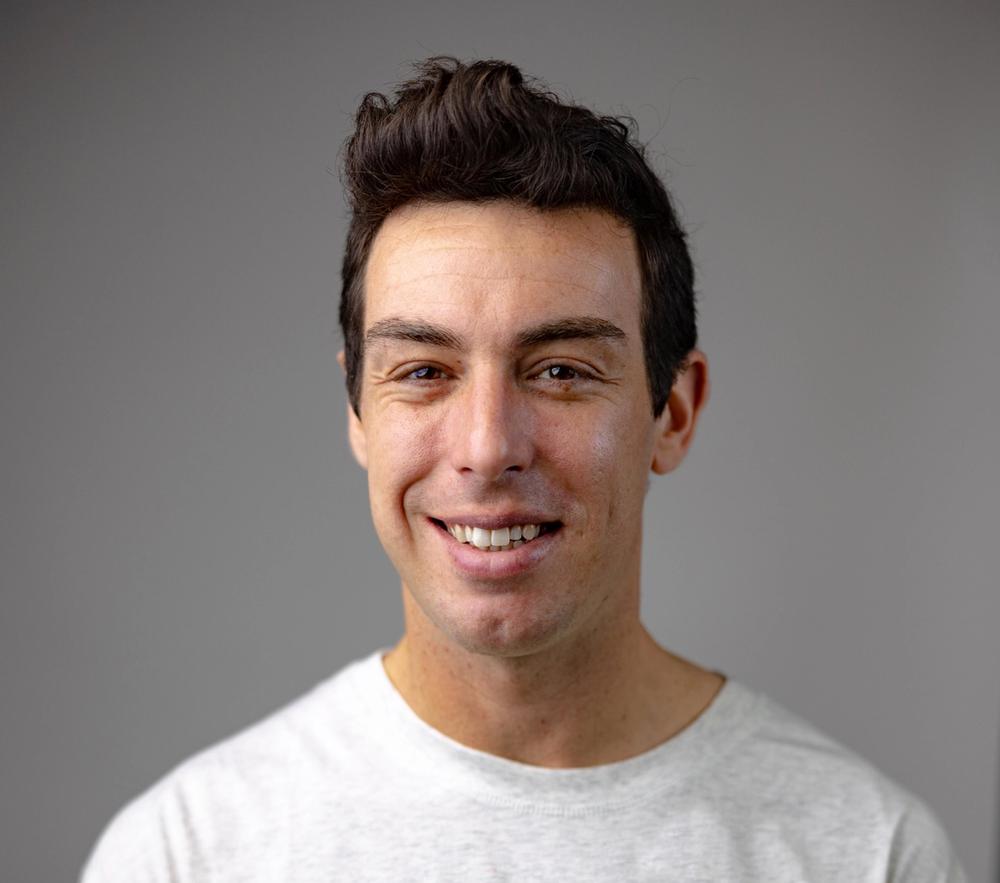
David Melly
David began contributing to CITIUS in 2018, and quickly cemented himself as an integral part of the team thanks to his quick wit, hot takes, undying love for the sport and willingness to get yelled at online.
